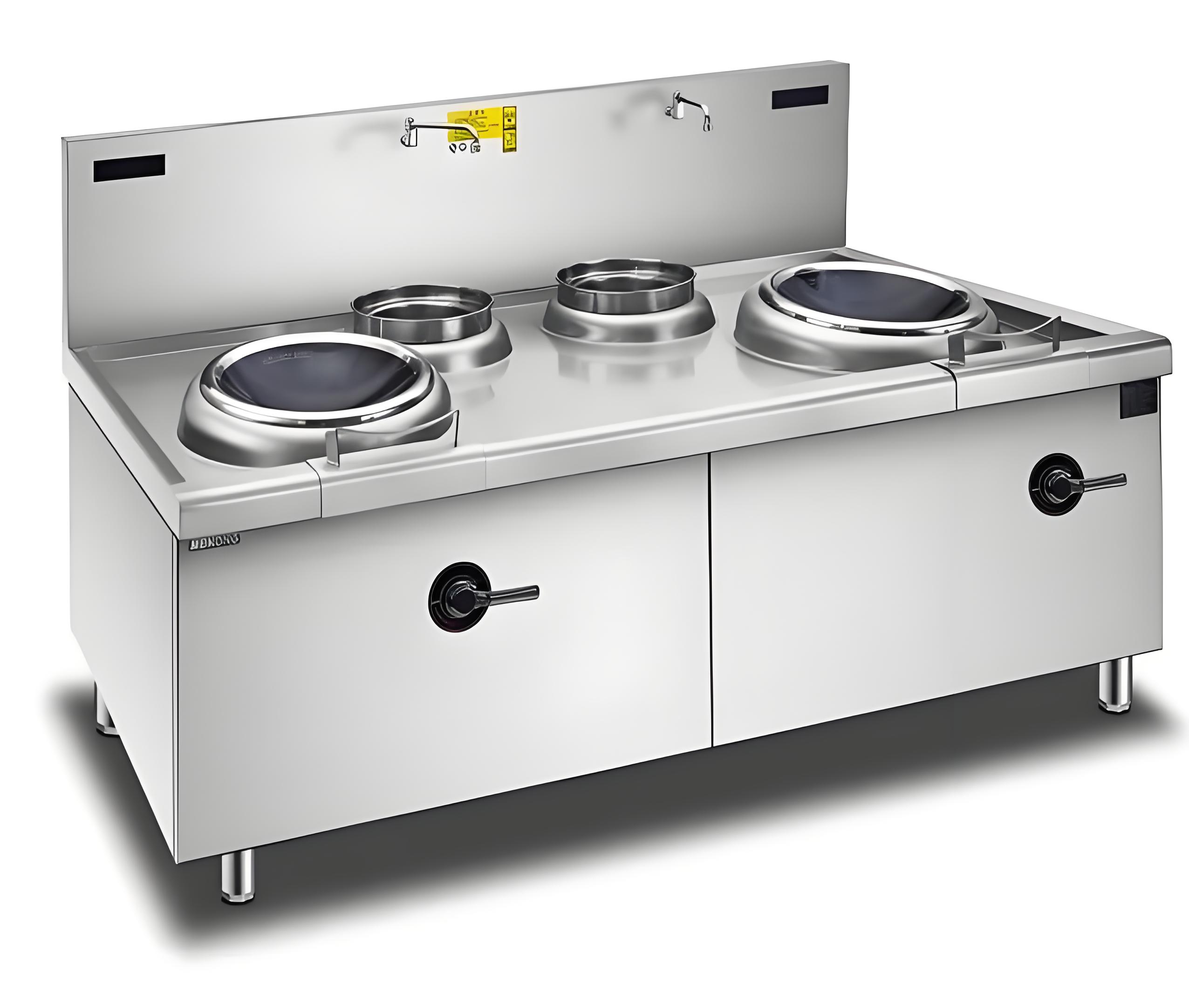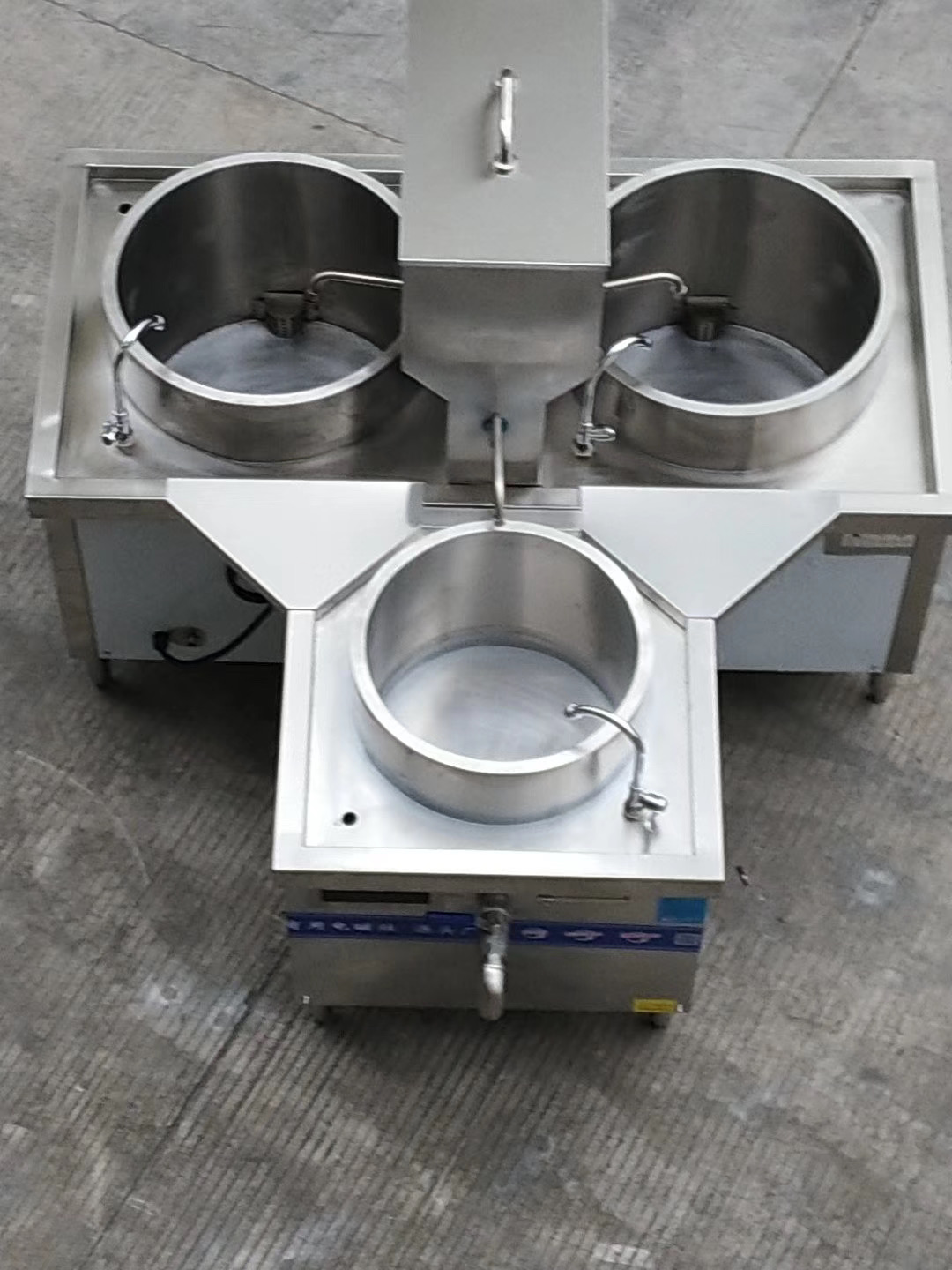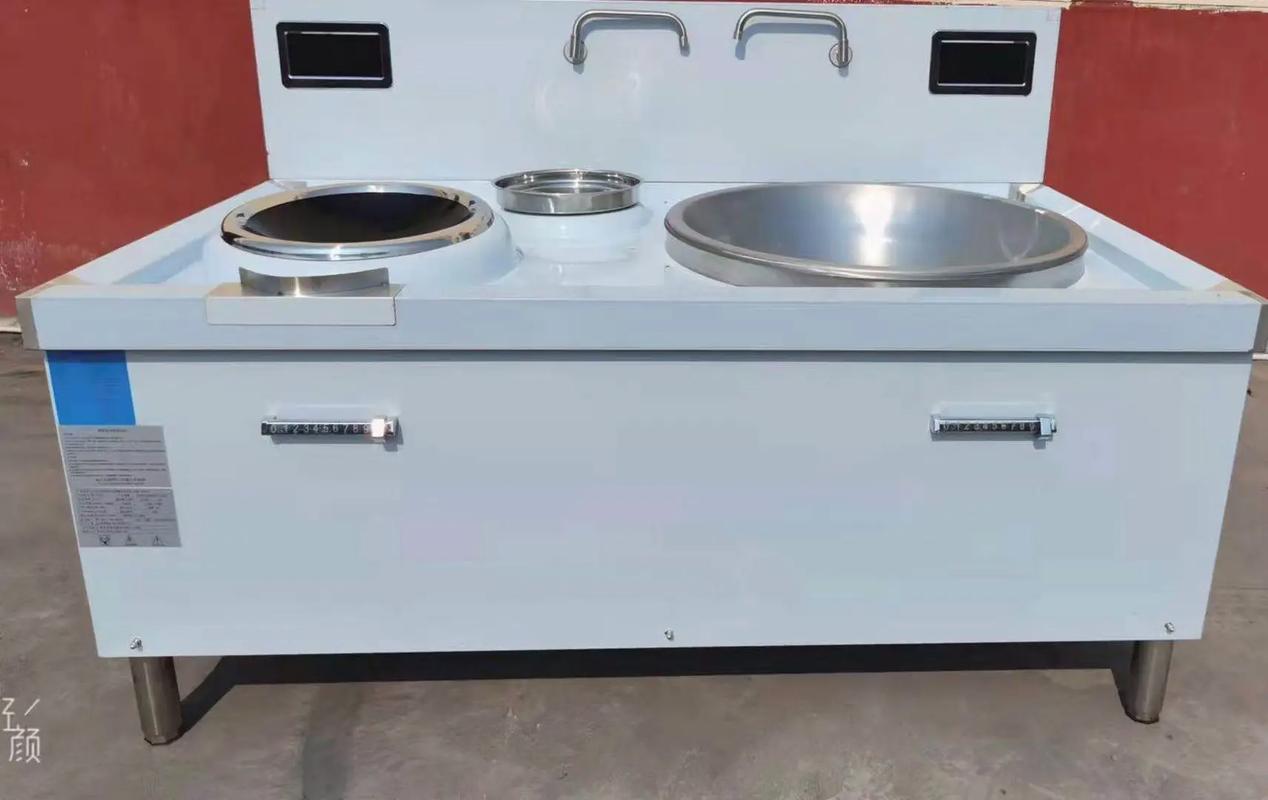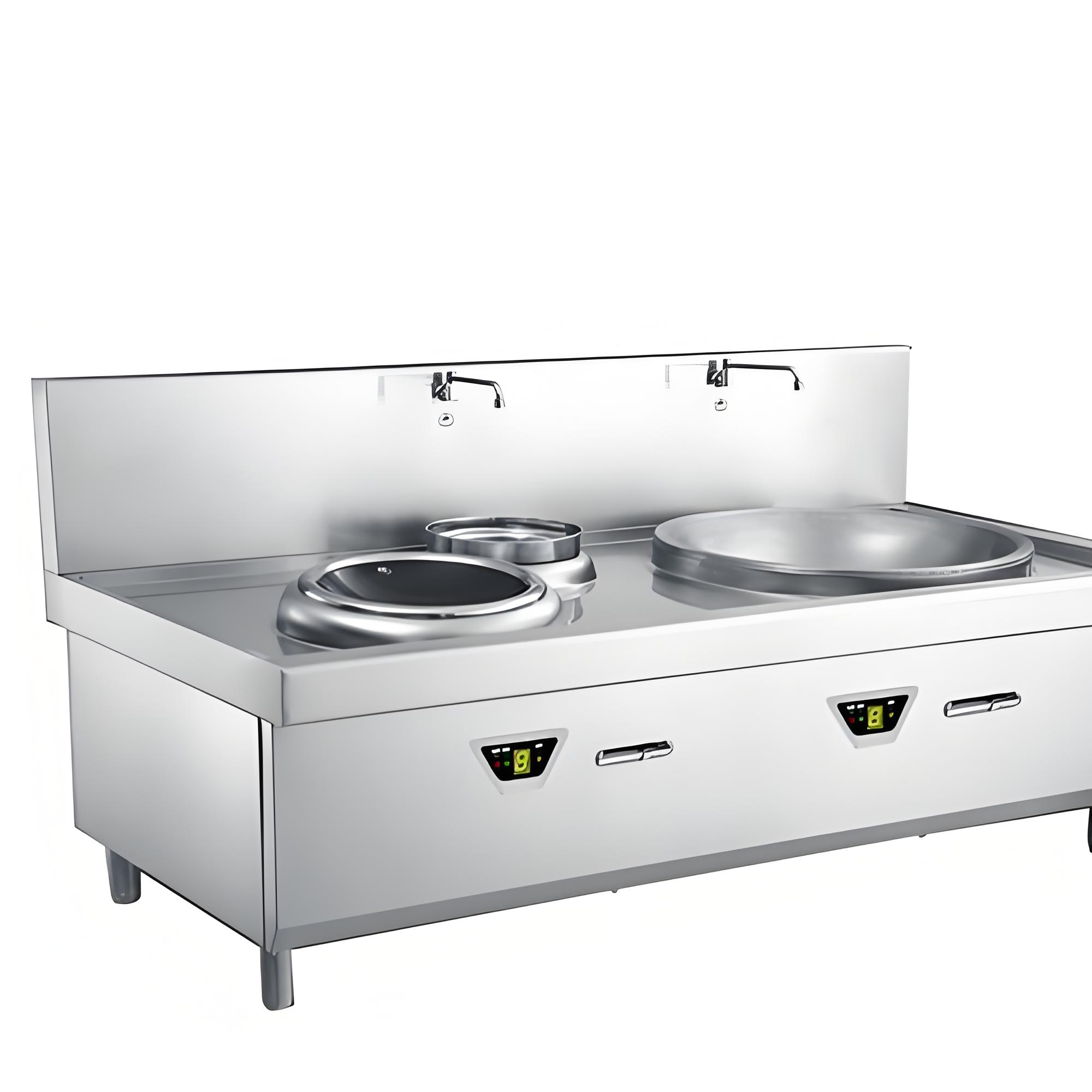Having spent over a decade in the commercial kitchen equipment industry, I’ve had the chance to tinker with, install, and troubleshoot countless commercial induction cookers. These machines are engineering marvels, blending cutting-edge technology with the practical needs of a busy kitchen. If you’re a chef, restaurant owner, or equipment buyer wondering what makes these cookers tick, you’re in the right place. Let’s break down the essential components of a commercial induction cooker, explore how they work together, and explain why each part matters in delivering the performance you expect in a high-pressure culinary environment. My goal is to give you a clear, hands-on perspective so you can understand what’s under the hood and make informed decisions about your kitchen setup.

Understanding the Basics of Induction Technology
Before diving into the components, let me set the stage. Unlike gas or traditional electric stoves, induction cookers use electromagnetic fields to heat cookware directly. When powered, a copper coil generates a magnetic field that induces an electric current in ferromagnetic cookware (like cast iron or stainless steel), creating heat within the pan itself. This process is efficient, precise, and fast, which is why induction has become a go-to for professional kitchens. I’ve seen these units boil a 10-liter pot of water in under three minutes, a feat that left even seasoned chefs wide-eyed. But what makes this possible? It’s all about the interplay of carefully designed components.
The Core Components of a Commercial Induction Cooker
Every commercial induction cooker is a system of interconnected parts, each playing a critical role. Below, I’ll walk you through the key components, drawing from my experience working with brands like Vollrath, TurboChef, and custom-built wok systems. I’ve also included a table to summarize their functions and importance.
|
Component |
Function |
Why It Matters |
Common Materials |
|---|---|---|---|
|
Copper Induction Coil |
Generates the electromagnetic field that heats cookware |
Ensures efficient and rapid heating |
High-purity copper |
|
Glass-Ceramic Cooktop |
Provides a durable, heat-resistant surface for cooking |
Easy to clean, withstands heavy use |
Schott CERAN or similar ceramic glass |
|
Power Electronics |
Converts AC power to high-frequency current for the coil |
Enables precise power and temperature control |
IGBTs, capacitors, diodes |
|
Cooling System |
Prevents overheating with fans or liquid cooling |
Extends lifespan, ensures safe operation |
Aluminum heat sinks, high-speed fans |
1. Copper Induction Coil
The copper induction coil is the heart of any induction cooker. This tightly wound coil, usually made of high-purity copper, sits just beneath the cooktop surface. When electricity flows through it, the coil creates an oscillating magnetic field that induces a current in compatible cookware, generating heat. In commercial units, these coils are larger and more robust than in residential models, designed to handle power outputs from 3.5 kW to 45 kW.
I remember troubleshooting a 20 kW induction wok that wasn’t heating evenly. The issue? A poorly calibrated coil that wasn’t distributing the magnetic field uniformly. After replacing it with a high-quality, multi-layer copper coil, the wok was back to producing perfect stir-fries. The coil’s design—number of turns, diameter, and alignment—directly affects heating efficiency and consistency, so it’s critical to choose a cooker with a well-engineered coil.

2. Glass-Ceramic Cooktop
The glass-ceramic cooktop is the smooth, glossy surface you see on induction units. Made from materials like Schott CERAN, it’s engineered to withstand temperatures up to 700°C and support heavy cookware (often up to 125 kg). Unlike gas or electric stoves, the cooktop itself doesn’t get hot unless cookware is present, making it safer and easier to clean.
In my early days consulting for a busy Cantonese restaurant, I watched a chef accidentally spill soy sauce on an induction cooktop during a dinner rush. A quick wipe with a damp cloth, and it was spotless—no scrubbing required. This durability and ease of maintenance make the glass-ceramic surface a game-changer in high-volume kitchens where downtime is costly.
3. Power Electronics
The power electronics are the brains of the operation, converting standard AC power (208–EDITV or 240V in commercial settings) into the high-frequency current (20–100 kHz) needed for the induction coil. This system includes Insulated Gate Bipolar Transistors (IGBTs), capacitors, diodes, and microprocessors. These components ensure the cooker can deliver precise power levels, often adjustable in increments as fine as 1%, and maintain stable performance under heavy loads.
I once worked with a catering company that struggled with inconsistent heating on a budget induction unit. The culprit was low-quality IGBTs that couldn’t handle the power demands of a 15 kW system. Upgrading to a model with robust power electronics solved the issue, delivering smooth, reliable performance. High-quality electronics are non-negotiable for commercial kitchens, where precision and uptime are critical.
4. Cooling System
High-power induction cookers generate significant heat internally, especially in the coils and electronics. The cooling system—typically a combination of high-speed fans and aluminum heat sinks—dissipates this heat to prevent damage. Some advanced units, like certain 45 kW wok systems, use liquid cooling for even better thermal management.
I recall a high-end restaurant where a 25 kW induction range overheated during a busy service because the cooling vents were clogged with grease. After a thorough cleaning and a maintenance schedule, the unit ran flawlessly. Regular cleaning of cooling system components is a must to ensure longevity and safety.
5. Control Panel and Sensors
The control panel is your interface with the cooker, typically featuring digital displays, touch controls, or knobs for adjusting power or temperature. Advanced models include programmable presets for common tasks (e.g., simmering at 180°F or stir-frying at 400°F). Sensors like pan detection and temperature sensors ensure the cooker only activates with compatible cookware and shuts off if overheating is detected.
Training a team of line cooks on a new 12 kW induction range, I was impressed by how quickly they adapted to the digital controls. The ability to set exact temperatures—like 86°F for chocolate tempering—made their jobs easier and improved dish consistency. These smart features are a big reason why induction is gaining traction in professional kitchens.
6. Housing and Frame
The housing and frame encase all these components, typically made from stainless steel for durability and hygiene. Commercial units are built to withstand rough handling, heavy cookware, and constant cleaning. Some models, like drop-in units, integrate seamlessly into countertops, while freestanding units offer mobility for catering or food trucks.
I advised a food truck operator to choose a compact 5 kW countertop model with a reinforced stainless steel frame. It held up under the rigors of daily transport and high-volume cooking, proving that a sturdy frame is as important as the internal components.

How These Components Work Together
Each component plays a specific role, but their synergy is what makes commercial induction cookers so effective. The copper coil generates the magnetic field, the power electronics regulate it, the cooling system keeps everything stable, and the control panel lets you fine-tune the process. The glass-ceramic cooktop provides a durable, safe surface, while the housing ensures longevity. If any part underperforms—like a weak cooling system or low-quality electronics—the whole system suffers. I’ve seen this firsthand when a budget unit failed mid-service due to a cheap capacitor, costing the restaurant hours of downtime.
Choosing the Right Induction Cooker: What to Look For
When selecting a commercial induction cooker, focus on the quality of these components. Here are some tips from my experience:
Coil Quality: Look for multi-layer copper coils with high conductivity. Check manufacturer specs for coil diameter and turn count.
Cooktop Durability: Ensure the glass-ceramic surface is rated for at least 700°C and supports heavy loads (100+ kg).
Electronics Reliability: Choose models with high-quality IGBTs and programmable controls. Brands like Vollrath or TurboChef are known for robust electronics.
Cooling Efficiency: Verify fan speed (CFM) or liquid cooling capabilities, especially for units above 15 kW.
Build Quality: Opt for stainless steel frames with IPX4 or higher water resistance for easy cleaning.
I once helped a fine-dining restaurant select a 20 kW induction range with a dual-fan cooling system and Schott CERAN cooktop. The investment paid off with years of reliable service and energy savings that cut their utility bills by 20%.
Maintenance and Troubleshooting
To keep these components in top shape, regular maintenance is key. Here’s what I’ve learned from years of field work:
Clean the Cooktop Daily: Wipe the glass-ceramic surface with a damp cloth and mild cleaner to prevent grease buildup.
Check Cooling Vents Monthly: Clear dust or grease from fans and heat sinks to maintain airflow. I use a compressed air can for tight spaces.
Inspect Electronics Annually: Have a technician check IGBTs and capacitors for wear, especially in high-power units.
Test Sensors Regularly: Ensure pan detection and temperature sensors respond correctly to avoid unexpected shutdowns.
I recall a client who ignored vent cleaning for months, leading to an overheat shutdown during a banquet. A quick maintenance routine could have prevented the chaos.

The Bigger Picture: Why Components Matter
Understanding these components isn’t just about geeky tech details—it’s about ensuring your kitchen runs smoothly. High-quality parts mean faster cooking, lower energy costs, and fewer breakdowns. In a busy restaurant, where every minute counts, a reliable induction cooker can make or break your service. I’ve seen kitchens transform from chaotic, gas-fueled setups to streamlined operations with induction, all because the components worked seamlessly together.
Looking Ahead
As technology advances, we’re seeing improvements in induction cooker components. Smart coils with adaptive magnetic fields are emerging, allowing for zoneless cooking surfaces. More efficient IGBTs are reducing energy loss, and advanced sensors are integrating with IoT systems for remote monitoring. I’m excited to see how these innovations will make commercial kitchens even more efficient and sustainable.
Final Thoughts
After years of working with commercial induction cookers, I can tell you that their success hinges on the quality and integration of their components. From the copper coil that powers the magic to the glass-ceramic cooktop that withstands the chaos of a professional kitchen, each part plays a vital role. By choosing a unit with robust components and maintaining it properly, you’re investing in efficiency, safety, and consistency. Whether you’re running a food truck or a Michelin-starred restaurant, understanding these components will help you pick the right cooker and keep it running smoothly for years.
Related Questions and Answers
Q: How do I know if my induction cooker’s coil is high quality?
A: Check the manufacturer’s specs for copper purity and coil design (e.g., multi-layer, large diameter). High-quality coils ensure even heating and efficiency, critical for tasks like stir-frying.
Q: Can the glass-ceramic cooktop break under heavy use?
A: It’s unlikely. Materials like Schott CERAN are designed to withstand 700°C and support up to 125 kg. Avoid dropping heavy objects directly on the surface to prevent cracks.
Q: What happens if the cooling system fails?
A: The cooker may overheat and trigger an automatic shutoff, halting cooking. Regular cleaning of vents and fans prevents this, ensuring consistent performance.
Q: Are digital controls better than knobs?
A: Digital controls offer precise adjustments (e.g., 1% power increments) and programmable presets, ideal for complex dishes. Knobs are simpler but less precise.
Q: How often should I replace electronic components?
A: With proper maintenance, IGBTs and capacitors can last 5–10 years. Annual inspections by a technician catch wear early, avoiding costly failures.





